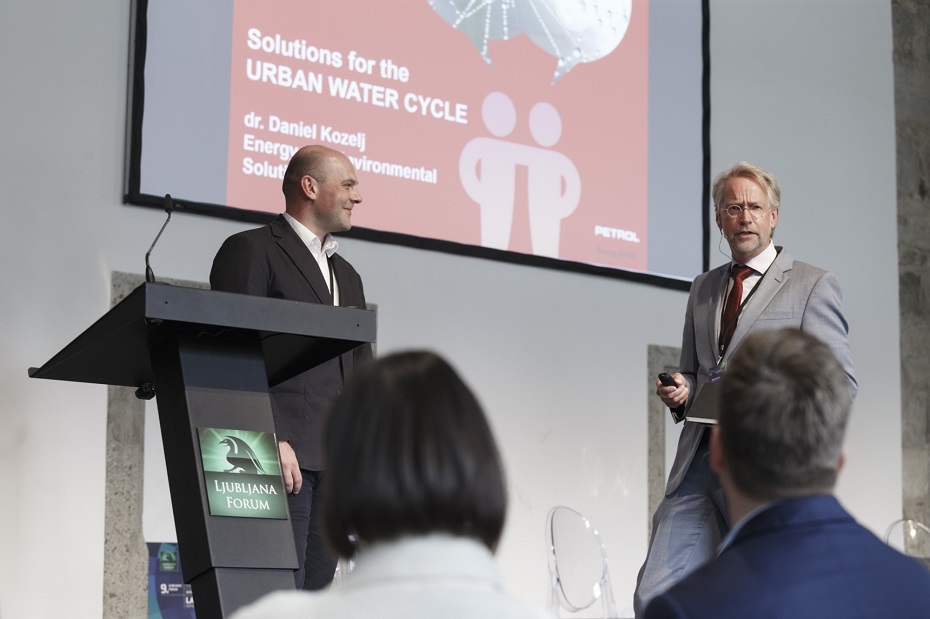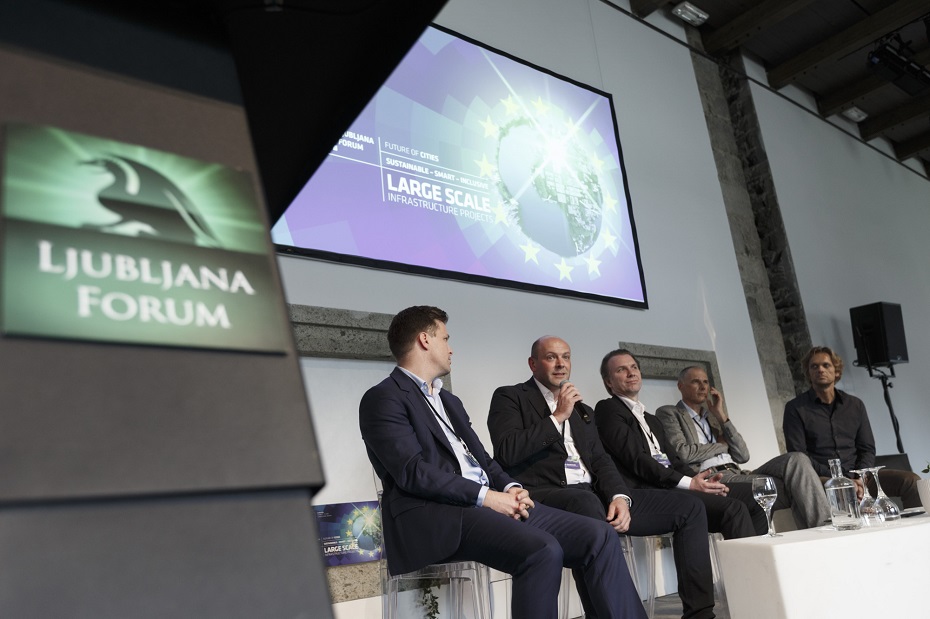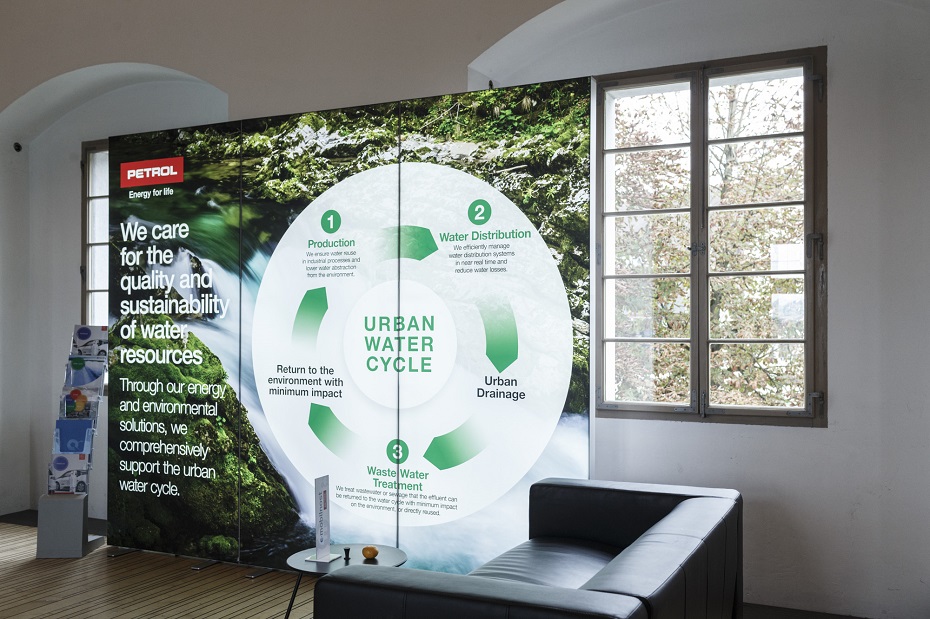Petrol unveils water cycle and e-mobility solutions at the Ljubljana Forum
On 3 and 4 October, Ljubljana Castle hosted the 9th Ljubljana Forum, an international conference dedicated to the development and future of smart, sustainable and inclusive cities, and designed to bring together and promote examples of good practice and, of course, cooperation between different urban development stakeholders at the global level. Large-scale infrastructure projects and new technologies were the main themes of this year’s forum, and Petrol presented a series of urban solutions relating to the water cycle and e-mobility.
Examples of good practice were presented under the banner of “smart, sustainable and inclusive cities of the future”, along with visions of how to bring such cities into being. It is important for citizens to be well-informed and be prepared for lifelong learning, and for public policies to provide adequate support and assistance to the construction of the necessary infrastructure; there must also be an appropriate model of governance that includes all stakeholders.
Petrol enhancing mobility and supporting the water cycle
During the round table involving the mayors of SE European capitals, examples of the most important projects currently under way were presented, along with the challenges being faced at the moment. Petrol took part in the presentation of urban solutions relating to the water cycle and e-mobility. While there are ever greater demands for the management of public infrastructure systems, operating costs have to remain the same, or be lower, even as services are improved, and the systems must operate safely, sustainably and reliably. A further challenge arising alongside this is an awareness of the importance of information support to the management of water cycle infrastructure. Petrol are committed to ensuring a safe and reliable supply of drinking water and to helping cities to address these challenges. Their energy and environmental solutions support the whole water cycle, and the company are directly involved in the distribution and treatment phases and indirectly involved in the production phase.
Mobility is another of the major challenges of today, which is why Petrol are developing a large number of e-mobility services, from charging infrastructure to vehicle leasing and corporate vehicle leasing. One of their aims is to increase people’s mobility options in a way that is better for the environment and makes use of alternative fuels. The purpose of integrating smart technologies into Petrol’s services is to make those services easier to access and to improve their practicality. Alongside this, the company took the opportunity of the forum to outline the options that e-mobility provides to public institutions in Slovenia and abroad and, in line with the main theme of this year’s gathering, to present details of their largest mobility development project: MULTI-E.
Smart cities need smart and inclusive inhabitants
Lorenzo Madrid, smart city expert, outlined his smart city vision, the possibilities presented by digital transformation, and the differences between smart city versions, which range from 1.0 to 3.0. He highlighted the fact that smart citizens and empowered urban residents, with the right information to hand on which to base their decisions, were key to the smart city. If Smart Cities 1.0 and 2.0 already have automated operations and integrated services (IoT systems, big data) in place, then Smart City 3.0 can be characterised as a city that thinks and that has autonomous governance, data analysis and artificial intelligence. Key to all of this is, of course, a well-informed urban population.
A memorandum of understanding and cooperation between European and Latin American smart city hubs and associations was signed at the end of the introductory part of the forum.
One of the central messages of the event was that people had to be to the fore. People are the reason why service quality improves, as the intention behind every service and every infrastructure project is, above all, to improve quality of life. At the same time, smart cities need smart and inclusive inhabitants who are actively involved in the city, are ready to embrace change and who see the city as their home.



